#prince albert of saxe-coburg and gotha
Text
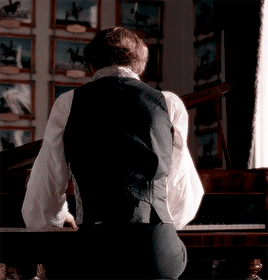



My dear Victoria, these days will be full of sadness since I know the King is dear to you. Will you allow me to offer my support, albeit at a distance? If I cannot be with you, then I pray you will hear my voice in the music that I send. You know my love of Schubert. This is his "Swan Song". And I play it with you in my heart.
#the young victoria#theyoungvictoriaedit#perioddramaedit#prince albert of saxe-coburg and gotha#period drama#our creations#our gifs
5 notes
·
View notes
Text
someone cast rupert friend and haley bennett in a film together pls
#the young victoria#prince albert#prince albert of saxe-coburg and gotha#queen victoria#period drama#period film#julian fellowes#my edit#edit#rupert friend#emily blunt
2 notes
·
View notes
Text





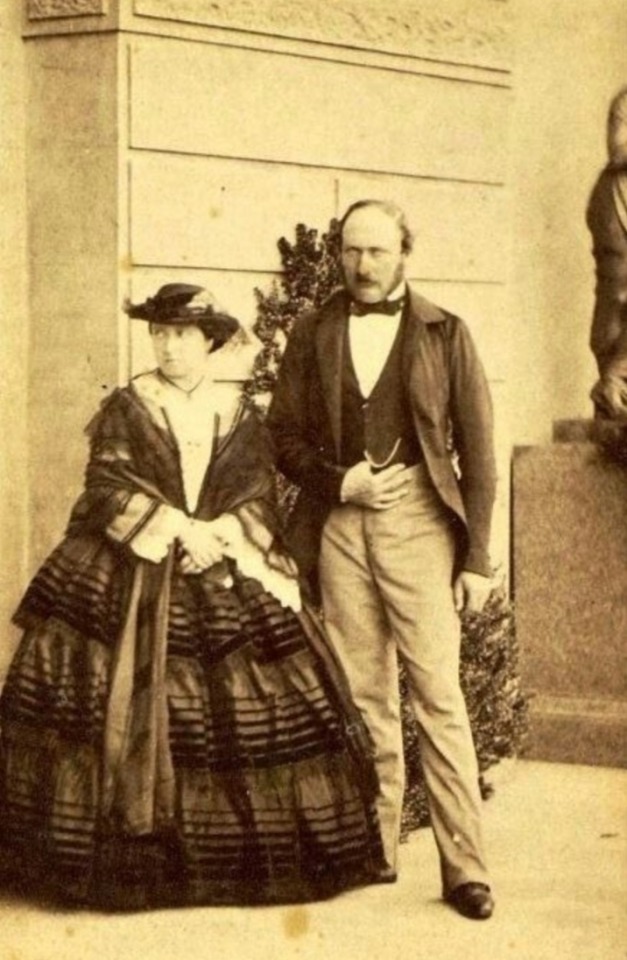
Queen Victoria and Prince Albert, 1859
"My dearest dearest dear Albert sat on a footstool by my side and his excessive love and affection gave me feelings of heavenly love and happiness I never could have hoped to have felt before!
He clasped me in his arms and we kissed each other again and again!
His beauty... his sweetness and gentleness - really how can I ever be thankful enough to have such a husband!
To be called names of tenderness, I have never yet heard used to me before - was bliss beyond belief! Oh! This was the happiest day of my life!
May God help me to do my duty as I ought and be worthy of such blessings."
~ Queen Victoria
#Queen Victoria#Prince Albert#British Royal Family#Victorian era#1800s#19th century#Prince Albert of Saxe-Coburg and Gotha
2 notes
·
View notes
Text

Fallen London’s True Identities
Alfred, Duke of Saxe-Coburg and Gotha as the Brooding Captain and the Shadow with Teeth
#fallen london#brooding captain#the shadow with teeth#fallen london’s true identites#true identities#duke of saxe-coburg and gotha#alfred duke of saxe-coburg and gotha#prince alfred ernest albert#my post#tw teeth#shuttered palace
13 notes
·
View notes
Text

#itv victoria#masterpiece victoria#victoria#tom hughes#prince albert#prince albert of saxe coburg and gotha
7 notes
·
View notes
Photo
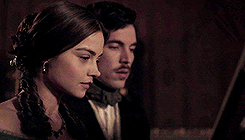
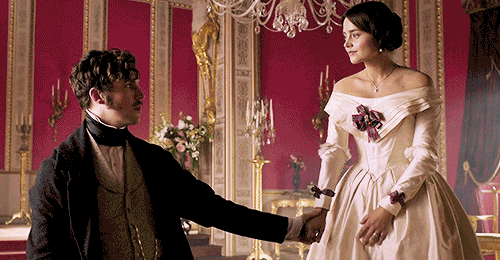
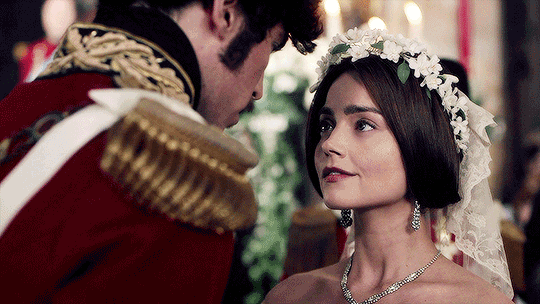

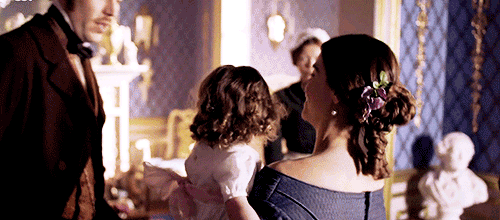
HISTORICAL LOVERS - I
Victoria & Albert
Few lovers have entered the popular imagination as permanently as Queen Victoria of the United Kingdom and Prince Albert of Saxe-Coburg and Gotha. Married for twenty-one years, until the prince's untimely death, the pair became the epitome of marital bliss, and no one ever questioned the harmonious relationship between the queen and her husband.
Over the years, several small demonstrations of love proved the passionate nature of their marriage. Among it, the engagement ring that Albert himself designed for the bride, in the shape of a serpent, to represent the truth of his commitment, decorated with rubies, diamonds and a single emerald (Victoria's birthstone); the portrait Victoria had secretly commissioned as a twenty-fourth birthday present for Albert, which depicted her casually dressed, reclining against a red velvet pillow, her hair loose; the crystal heart pendant that the queen wore day and night, containing a lock of the prince's hair.
The two-decade union produced nine children, five girls and four boys: Victoria (1840-1901); Albert Edward (1841-1910); Alice (1843-1878); Alfred (1844-1900); Helena (1846-1923); Louise (1848-1939); Arthur (1850-1942); Leopold (1853-1884); Beatrice (1857-1944). Most of the children would eventually marry into other royal european families, which resulted in Victoria being called the "Grandmother of Europe." Until the beginning of the 20th century, most of these ruling houses could boast of sharing the queen's blood through the paternal side, maternal side, or even through both.
As parents, the prince and queen could differ in many ways, although in the end they both loved their children. Albert tended to be more involved with the princes and princesses during their childhood, especially in their education, and it is common consensus among historians that their eldest, Vicky, was his favorite, since she shared his enthusiasm for culture, languages and natural studies. The prince taught his children many of his favorite topics, and encouraged them to value the arts and sciences. His “enlightened influence” inspired many of them to engage in intellectual hobbies such as politics, philosophy and history.
The queen, in turn, connected more easily with her children at an older age. Victoria hated being pregnant, from the usual symptoms to the painful labor, and she thought newborns were ugly. But she was willing to follow her husband's opinion about the health of the children, and she watched the progress of each one of them in their studies. She drew them quite frequently, sketeches and paintings that still exist today in the private colection of the British royal family. Her daughter Louise would become her loyal secretary after Albert´s tragic death, and the youngest, Beatrice, her devoted companion even after married.
But perhaps the most iconic reflection of the connection between the British queen and the German prince is Victoria's reaction to his loss. No one in the royal family grieved his death as much as she did. The queen, still in her early forties, never remarried; she retired even more and more frequently to her countryside properties, especially Osborne House, the estate her husband prefered to visit during the summer; and she abandoned any colorful clothes in her wardrobe, confining herself to the black reserved for mourning, until she passed.
“My life as a happy one is ended. The world is gone for me. If I must live on (and I will do nothing to make me worse than I am), it is henceforth for our poor fatherless children – for my unhappy country, which has lost all in losing him – and in only doing what I know and feel he would wish.”
– Passage from Queen Victoria's diary, after the death of Prince Albert, 1861.
#queen victoria#prince albert#albert&victoria#british royal family#britishqueens#english history#british history#queens#historicalwomen#history#quotes#saxe-coburg-gotha#house of hanover
19 notes
·
View notes
Text
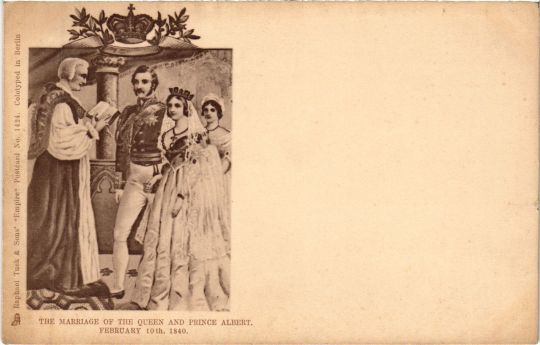
Marriage of Prince Albert of Saxe-Coburg and Gotha and Queen Victoria in 1940
British vintage postcard
#queen#albert#historic#photo#briefkaart#vintage#gotha#prince#british#marriage#saxe#sepia#photography#carte postale#postcard#postkarte#postal#tarjeta#coburg#ansichtskarte#old#1940#ephemera#postkaart#victoria
5 notes
·
View notes
Text


Queen Louise of Denmark, Tsarevich Nicholas , Empress Marie Feodorovna of Russia,Prince Albert Victor , Prince George of Wales, and Alexandra Princess of Wales Fredensborg 1889
#queen louise of denmark#empress maria feodorovna#queen alexandra#prince albert victor#king george v#tsar nicholas ii#denmark#united kingdom#russian empire#romanovs#saxe coburg gotha
6 notes
·
View notes
Text
ok not to be a fucking British history nerd on main but yall
Henry's royal house is 'Hanover-Stuart' - implying he comes from the House of Hanover
but the last Hanover monarch was Queen Victoria. Her children inherited their father (her cousin's) house- Saxe-Coburg and Gotha. After that the British line of Hanover effectively ended
So the persistence of the name then implies that in the Red White and Royal Blue universe, Queen Victoria - who we know exists as a Queen in universe because of the food fight joke- was either succeed by a much more distantly related Hanover- implying her children either didn't exist or were somehow removed from the line of succession (hello new fictional civil war of 1901), OR it implies that Queen Victoria somehow, in 1840- changed the entire system of patralineage into a matralineage so her children would inherit the Hanover title. This would then in turn imply that the female line would have to be acknowledged as the stronger claimant to the throne meaning the heir to Victoria's throne would NOT have been Edward VII, but instead Victoria's first born- a daughter also called Victoria (hereafter referred to as V2 for clarity).
But in real life V2 went on to become the empress of Germany and the mother of the last German Kaiser - you know the one who was CREEPILY almost incestuously obsessed with his mothers hands and who ALSO LARGELY CAUSED WW1 BY MAKING 1910s GERMANY AN EXTREMELY AGGRESSIVE MILITARY POWER TO RESOLVE IS DADDY ISSUES?! But if in RW&RB V2 never became the German Empress, she never would have had Wilhelm II, and would instead have married a man of lower station and went on to continue the Hanover line in England, meaning there would be no Willhelm II - whos infamously erratic and hostile foreign policy led to the destabilization of Germany's position in Europe and was likely the main contributor to the reactionary foreign policies of other European powers that then caused the beginning of the conflict that became WW1.
SO IN RW&RB, IS THERE NO WW1?!
and that's not even getting into the Stuart of it all - a Royal line that ended IN 1714 AND WAS THE WHOLE SOURCE OF THE JACOBITE UPRISINGS. like if the Stuart line continued in the name, that implies that instead of it dying out with Anne, and the distant relatives of James II then forming the Jacobites to reclaim the throne, they somehow wove them back into the family tree?!
So were there no Jacobite Uprisings in RW&RB?
Is that why Henry is able to be styled as Prince of Wales, despite him not being the Crown Prince- because in this universe with the Stuarts still part of the royal family the Crown Prince's seat now becomes Prince of Scotland, also implying that Scotland has also now become a principality rather than a kingdom?! And how did the Stuart line stay in? Did Victoria NOT marry Albert, but instead marry a Stuart? But no, because the last Stuart was literally a fatherless priest who died 20 years before she was born, and the V&A still exists in universe, so Victoria still definitely married Albert. So did V2 get married off to some distant Stuart (most likely Francis V of Modena)? IS SCOTLAND A PRINCIPALITY NOW?! WHO CAUSED WW1?! WAS IT BECAUSE OF THE FICTIONAL BRITISH CIVIL WAR OF 1901?!
WHY HAVE YOU DONE THIS AMAZON. YOUR SILLY LITTLE CHANGE TO AVOID PISSING OF PONCEY KING CHAZ IS GOING TO EAT HOLES IN MY BRAIN
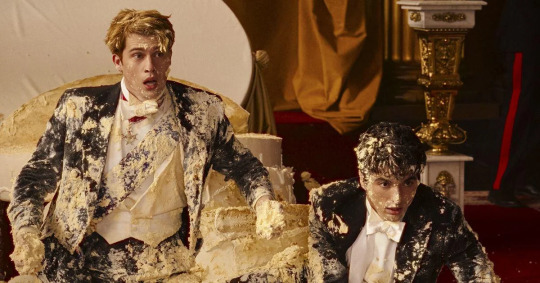
pictured here: my mental state rn
#Its 4:30am and i have brain rot about this movie#and henrys last name has been BUGGING me as a plot point#i know there is no way they thought it through this much#red white and royal blue#henry fox mountchristen windsor#henry hanover stuart fox
66 notes
·
View notes
Photo

The Royal House of Windsor in Britain
An infographic illustrating the history and lineage of the Royal House of Windsor (the reigning dynasty of the United Kingdom and the Commonwealth realms). The Windsors began when Edward, the eldest son of the last Hanover monarch, Queen Victoria, inherited the crown and the royal line changed over to the House of Saxe-Coburg-Gotha (from his father, Prince Albert). As World War One broke out in 1914, Britain, Russia, and Germany's monarchs were closely related. However, as anti-German sentiment rose at home, on July 17, 1917, George V of Britain issued a Royal proclamation changing the dynastic name to Windsor.
Image by Simeon Netchev
56 notes
·
View notes
Text

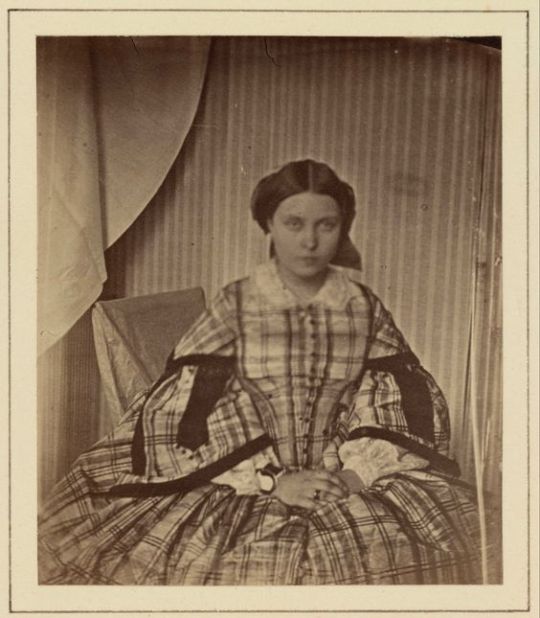
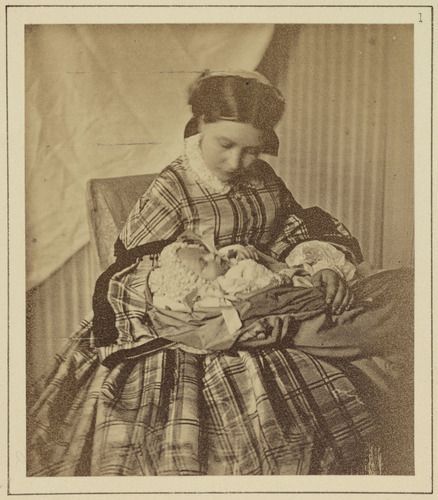
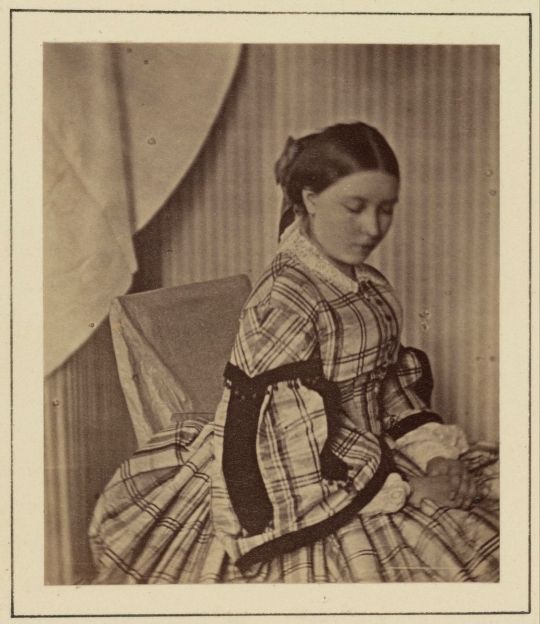
Victoria, Princess Frederick William of Prussia, March 1859
Victoria was the eldest daughter of Queen Victoria of Great Britain and Prince Albert of Saxe-Coburg and Gotha. She is pictured here with her first child, future Emperor Wilhelm II, agd. about two months.
#victoria princess royal#victoria adelaide mary louisa#wilhelm ii#old royals#prussian royal family#prussian history#prussian royalty#english royal family#british royal family#british royalty#english royalty#english history#british history#old photo#vintage photograph#victorian photography#victorian photo#antique photo#antique photograph#1850s#1859#e
15 notes
·
View notes
Text

On 9th November 1841, Edward VII was born at Buckingham Palace.
Then titled The Duke of Cornwall, he was born to Queen Victoria and Prince Albert. He was named Prince Albert Edward after his father, Prince Albert and his maternal grandfather, Prince Edward. He was known to the family as Bertie. Albert Edward was born first in line to the throne and heir apparent. At one-month-old, he was created Prince of Wales. Through his father, he was also a Prince of Saxe-Coburg and Gotha and Duke of Saxony.
In 1863, The Prince of Wales married Princess Alexandra of Denmark at St George’s Chapel, Windsor. They had 6 children: Albert Victor, George (later George V), Louise, Victoria, Maud and Alexander (who died at one day old).
After the death of his mother, Edward ascended the throne in 1901 as Edward VII. Edward’s reign is widely regarded as a successful one, constitutionally, by reinventing how the Royal Family operated and in terms of diplomacy - Edward was fluent in French and German and famously charmed the previously hostile French on a State Visit in 1903. Edward VII reigned for nine years and was succeeded by his son, George, in 1910.
28 notes
·
View notes
Text
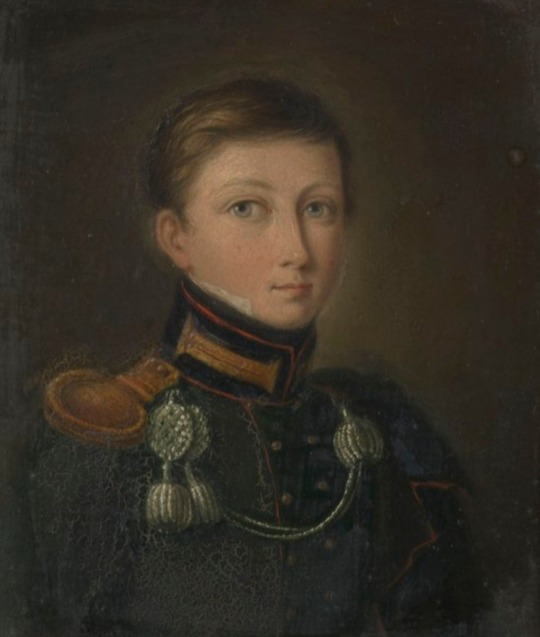









BORN ON THIS DAY:
Prince Albert of Saxe-Coburg and Gotha (Franz August Karl Albert Emanuel; 26 August 1819 – 14 December 1861) was the husband of Queen Victoria.
As such, he was consort of the British monarch from their marriage on 10 February 1840 until his death in 1861.
He was the second son of Ernest III, Duke of Saxe-Coburg-Saalfeld, and his first wife, Louise of Saxe-Gotha-Altenburg.
1 note
·
View note
Text
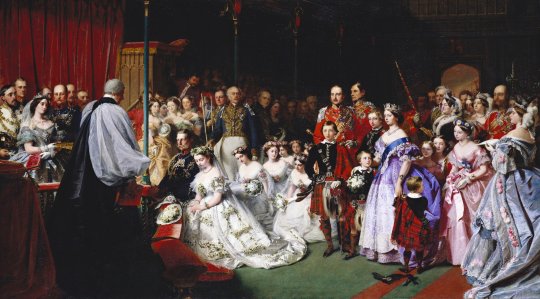

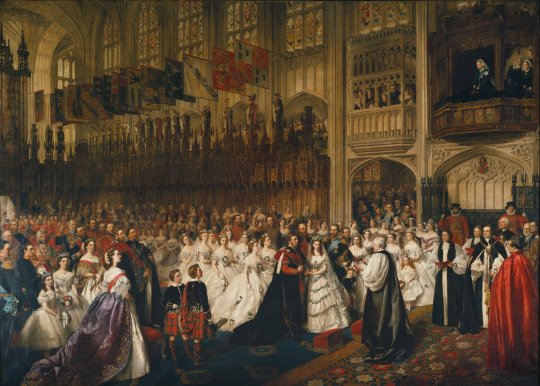



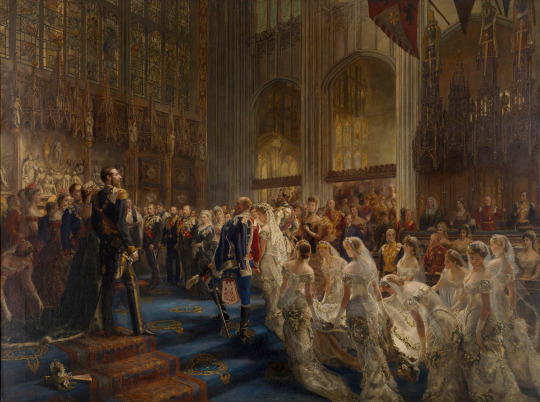
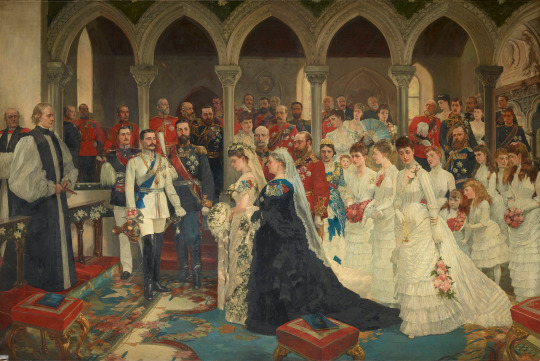

Wedding Portraits of Queen Victoria and Prince Albert’s children (9 of 10) and their respective spouses, 1858 - 1885.
Victoria, Princess Royal (eldest daughter) married Prince Frederick William of Prussia (later German Emperor Frederick III and Empress Victoria) on January 25, 1858. Portrait by John Phillip.
Princess Alice (second daughter) married Louis IV, Grand Duke of Hesse and by the Rhine on July 1, 1862. Portrait by William Powell Frith.
Albert Edward, Prince of Wales married Princess Alexandra of Denmark (later King Edward VII and Queen Alexandra) on March 10, 1863. Portrait by Franz Xaver Winterhalter.
Princess Helena (third daughter) married Prince Christian of Schleswig-Holstein on July 5, 1866. Portrait by Christian Karl Magnussen.
Princess Louise (fourth daughter) married John Campbell, 9th Duke of Argyll on March 21, 1871. Portrait by Sydney Prior Hall.
Prince Alfred, Duke of Edinburgh and of Saxe-Coburg and Gotha married Grand Duchess Maria Alexandrovna of Russia on January 23, 1874. Portrait by Nicholas Chevalier.
Prince Arthur, Duke of Connaught and Strathearn (third son) married Princess Louise Margaret of Prussia on March 13, 1879. Portrait by Sydney Prior Hall.
Prince Leopold, Duke of Albany (fourth son) married Princess Helena of Waldeck and Pyrmont on April 27, 1882. Portrait by Sir James Dromgole Linton.
Princess Beatrice (youngest daughter) married Prince Henry of Battenberg on July 23, 1885. Portrait by Richard Catton Woodville.
#british royal family#ktd#brf#queen victoria#art#art history#prince albert#hopefully#i got them all right lol
36 notes
·
View notes
Text
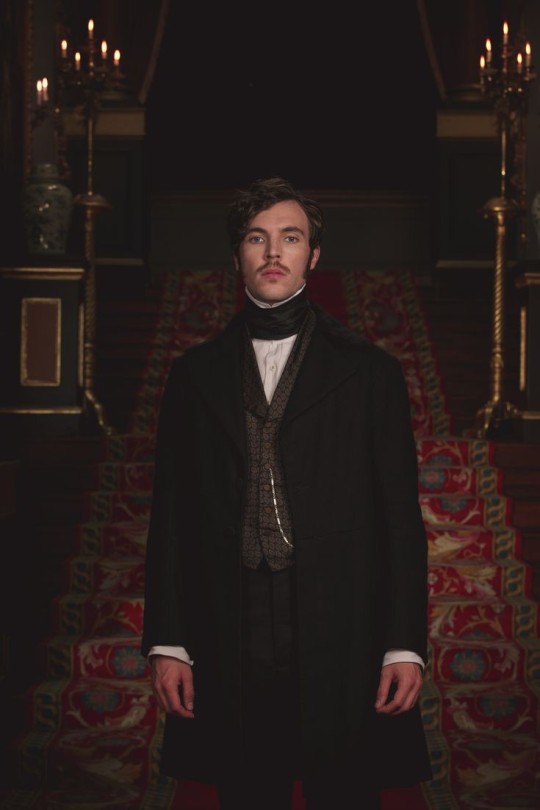
#itv victoria#masterpiece victoria#victoria#tom hughes#prince albert of saxe coburg and gotha#prince albert
7 notes
·
View notes
Text
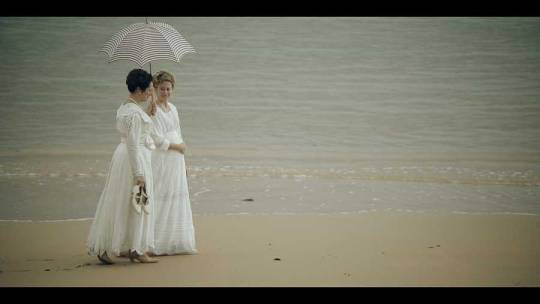
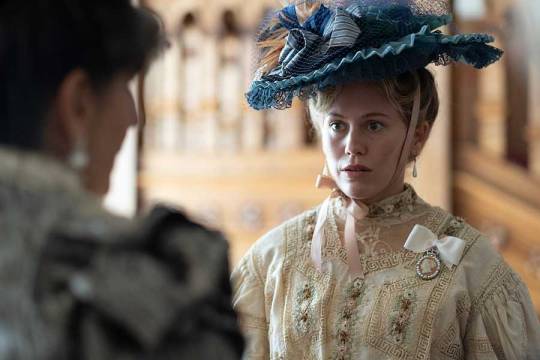


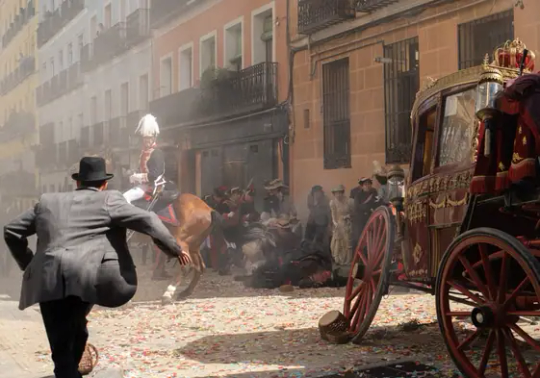



Upcoming series: Ena
In September, the filming of Ena began, a biographical series that will focus on the life of Victoria Eugenie of Battenberg, queen of Spain through her marriage to Alfonso XIII between May 31, 1906 and April 14, 1931, after being the monarchy deposed later by the proclamation of the Second Republic. Great-grandmother of the current king Philip VI of Spain, of whom she was godmother at his baptism. Throughout six chapters, the series will tell the life of Victoria Eugenie and at the same time offer a portrait of a time that changed the world, the first half of the 20th century, from 1905 to 1945. Born on October 24, 1887 in Aberdeenshire, Scotland, Ena was the daughter of Henry of Battenberg and Princess Beatrice, youngest daughter of Queen Victoria of the United Kingdom and Prince Albert of Saxe-Coburg and Gotha. Her godmother was Eugenia de Montijo, empress consort of France as Napoleón III's wife. The name of the series comes from what her friends and family called her since she was little, Ena.
The fiction is based on the novel of the same name by Pilar Eyre. Javier Olivares, who was behind the acclaimed Isabel and El Ministerio del Tiempo, will be the showrunner and plot manager for Ena. In addition to Olivares, the script is written by Isa Sánchez, Daniel Corpas and Pablo Lara Toledo. The series will be directed entirely by women: Anaïs Pareto, director of the series as a whole, in addition to four episodes, and Estel Díaz, who will direct two episodes.
“Ena is the portrait of historical moments that seem distant but are not so far away, because without them we would not understand the times we live in now,” Olivares declares in the press release sent by TVE. The writer and screenwriter remembers that Victoria Eugenie “fought to be happy in a bitter time, in which she witnessed two world wars, a civil war and a great pandemic, the tortuously called Spanish flu.”
For Pilar Eyre, author of the novel, she was "an extraordinary woman: cultured, supportive, liberal-minded, modern and very loyal." And she is excited because "finally all Spaniards can know" the story of a "misunderstood" woman. in their time, which they will always consider foreign." It is a fiction co-produced by RTVE with Ena La Serie AIE, La Cometa TV and Zona App. José Pastor, director of Film and Fiction at RTVE, has pointed out that "it is a "RTVE is proud to be able to portray this interesting historical character, from the point of view of two women directors and with Javier Olivares as showrunner, in one of its best series."
The Spanish actress of Anglo-Danish descent Kimberly Tell will play Ena and Joan Amargós will play Alfonso XIII. For her part, Elvira Mínguez will play Maria Christina von Habsburg-Lothringen, mother of Alfonso XIII. The cast is completed by Lucía Guerrero (Beatrice of Saxe-Coburg and Gotha), Raúl Mérida (Alfonso of Orleans and Bourbon), Juan Gea (Álvaro Figueroa y Torres, Count of Romanones), María Morales (María del Carmen Angoloti y Mesa, Duchess of Victoria), Pedro Mari Sánchez (Rodrigo de Saavedra y Vinent, Marquis of Villalobar), Luisa Gavasa (Eugenia de Montijo) and Joaquín Notario (José de Saavedra y Salamanca, Marquis of Viana)
Mariano Peña will play Miguel Primo de Rivera; Jaume Madaula will play the anarchist Mateo Morral, author of the attack committed at the royal wedding; Tomás del Estal will be Emilio María de Torres y González-Arnáu, and Ángel Ruiz will once again give life to Federico García Lorca, a character he already played in El Ministerio del Tiempo, among others.
The series will be filmed entirely in natural exteriors and interiors, like the Royal Palace of Madrid, the Palace of La Granja de San Ildefonso (Segovia), the Palace of Santoña (Madrid), the Palace of Fernán Núñez (Madrid), the Fort of San Francisco (Guadalajara) and the Magdalena Palace (Santander), built in 1911 by the City Council as a tribute to the monarchs and where Ena spent a good part of her summers in Spain, accompanied by the Royal Family. Filming for the series will continue until the end of December.
~~~~~~~~~~~~~~~~~~~~~~~~~~~~~~~~~~~~~~~~~~
So, the Magdalena Palace is going to be an important location during the series as a summer palace, the main filming location in Gran Hotel, and in that series Ena appeared in the episode 3×13, played by Aída Filx.
Apart from that, are we getting an Olivaresverse (XD)? Most likely not, and it's just references about his previous works as a showrunner, but there are connections between Isabel, Emdt and Ena: Michelle Jenner starring Isabel as Isabella I of Castile, then appearing in a couple of scenes in Emdt episode 1×04 and being an important figure in the lore as the foundress of the ministry (& Eusebio Poncela playing as Cisneros in both series, and also he played Cisneros in the film La Corona Partida and the Carlos Rey Emperador series); Alfonso XIII is a descendant of Isabella I of Castile; Ángel Ruiz appeard as Lorca in Emdt in 4 episodes and now he is on Ena playing as Lorca again, we don't know yet how much screentime he will get or which will his role be (secondary character most likely), but it's great to see more about him!
#Ena#period dramas#upcoming series#ena tve#victoria eugenie of battenberg#maria christina von hasburg#alfonso xiii of spain#kimberley tell#joan amargós#rtve series#pilar eyre#javier olivares#anaïs pareto#estel diaz#federico garcía lorca#ángel ruiz#elvira míngez#maria christina von hasburg-lothringen#lucía guerrero#beatrice of saxe-coburg and gotha#raúl mérida#alfonso of orleans and bourbon#juan gea#álvaro figueroa y torres#maría morales#maría del carmen angoloti y mesa#pedro mari sánchez#rodrigo de saavedra y vinent#luisa gavasa#eugenia de montijo
19 notes
·
View notes